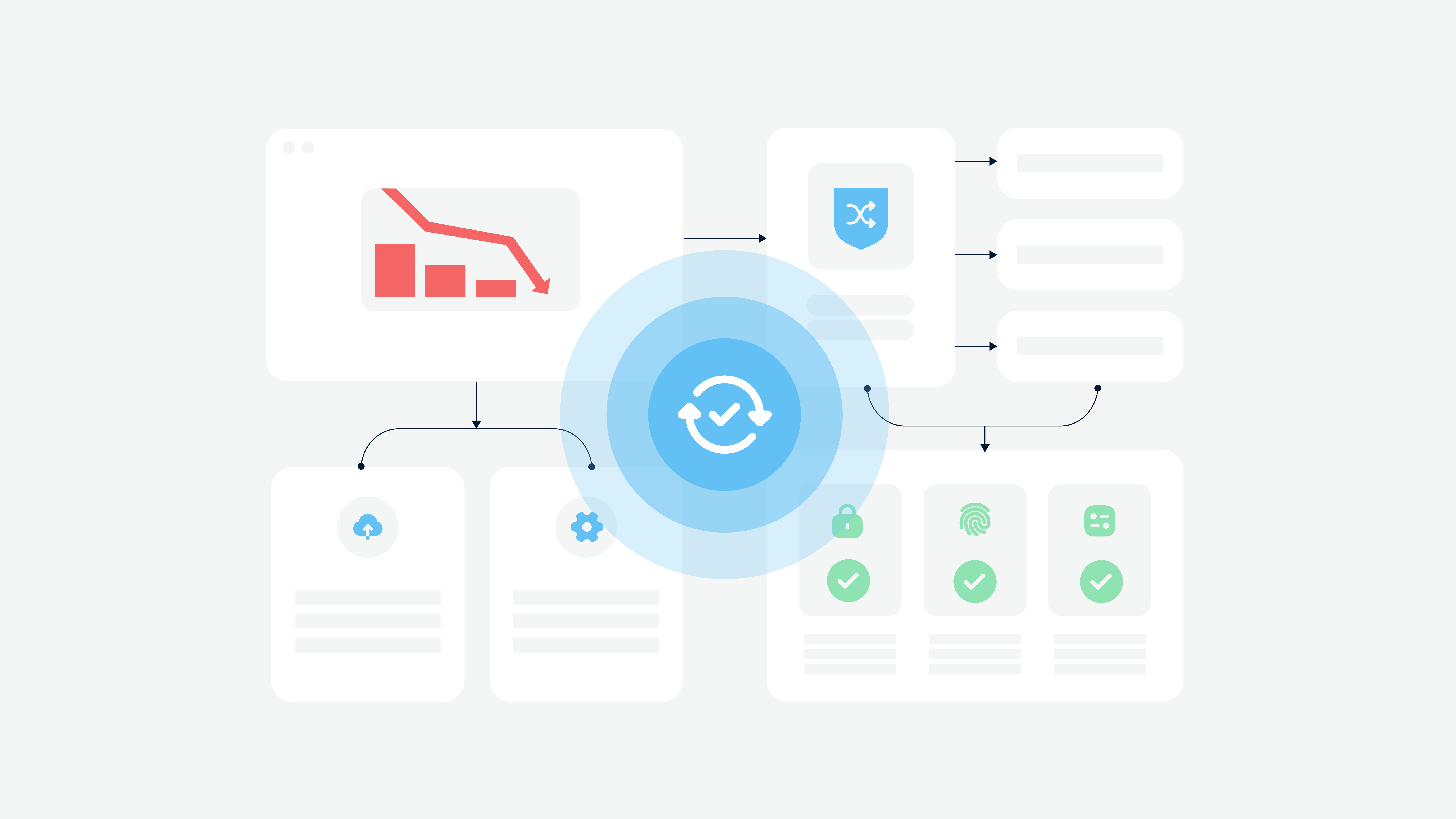“We’re losing customers faster than we can onboard them,” Mark, the Chief Digital Officer of a major insurance company, told me during our first meeting. His voice carried that distinctive mix of frustration and determination I’ve come to recognize in insurance leaders facing digital transformation challenges.
“Our customer experience is stuck in 2010. Our competitors are offering seamless digital journeys, and we’re still asking people to fax us documents.”
I couldn’t help but smile – not because his situation was amusing, but because I’d heard this exact sentiment so many times before. In fact, just that morning, I’d been reviewing insurance customer experience statistics that showed 67% of insurance customers were frustrated with traditional service methods.
The Wake-Up Call
Mark’s company (let’s call them Star Insurance – they’re doing amazing things now and deserve recognition, but compliance requires anonymity) has been a respected name in insurance for over 50 years. They had survived market changes, economic downturns, and even the rise of InsurTech. But now they were facing their biggest challenge yet: customer expectations that had evolved faster than their ability to adapt.
“Yesterday,” Mark continued, “I tried to file a claim through our own system, pretending to be a customer. I gave up after 45 minutes.” He shook his head. “If I can’t navigate it easily, how can we expect our customers to?”
This wasn’t just about losing customers – it was about survival in an industry where digital experience had become the primary battleground.
The 180-Day Journey Begins
When our team at Cadabra Studio took on this project, we knew we had 180 days to transform Star’s customer experience. It wasn’t just about implementing new technology; it was about changing the way an entire organization thought about customer interaction.
Here’s what we were up against:
- A claims process that required 14 different steps
- Customer service wait times averaging 23 minutes
- A mobile app with a 2.1-star rating
- Paper forms. So. Many. Paper. Forms.
“Give me three days,” I told Mark. “Let me shadow your customer service team, talk to your claims processors, and experience your systems firsthand. Then we’ll create a transformation plan that won’t just fix these issues – it’ll give you a competitive advantage.”
The Reality Check
Day one was eye-opening. I sat with Sarah, a customer service representative who’d been with Star for 15 years. She showed me her daily routine, which involved juggling seven different systems just to answer basic customer questions.
“The worst part,” she confided, “is knowing we could do so much better. Our customers are wonderful, but by the time they reach us, they’re frustrated. Not with us personally, but with the process.”
That’s when it hit me – this wasn’t just about implementing digital insurance solutions. It was about empowering people like Sarah to deliver the exceptional service they were capable of providing.
The Breakthrough Moment
Our breakthrough came during a workshop with Star’s team. We were discussing pain points when Tom, a claims processor, made a profound observation: “We’re not just processing claims – we’re helping people through some of their worst days. But our systems make us feel like data entry clerks instead of helpers.”
That became our north star. Every digital solution we implemented had to serve one purpose: enabling Star’s team to be helpers, not processors.
The Transformation
Over the next few months, we:
- Streamlined the claims process from 14 steps to 4.
- Implemented an AI-powered chatbot that handled 60% of routine queries.
- Created a mobile-first experience that customers actually enjoyed using.
- Developed a unified dashboard for customer service reps.
But here’s what really made the difference: we involved Star’s team in every decision. When we were designing the new claims interface, we had claims processors sketch their ideal screen layout on paper. When we were developing the chatbot responses, we had customer service reps review and edit them.
The Unexpected Challenge
About halfway through the project, we hit a significant obstacle. The new system was working beautifully in testing, but we discovered that older customers were struggling with the digital interface.
Instead of pushing forward, we paused. We brought in a focus group of customers aged 60+ and spent a full day listening to their concerns. The insights were invaluable. We didn’t just adjust the interface; we created an entirely new onboarding experience specifically designed for users who were less comfortable with digital tools.
The Results
By day 180, the transformation was complete. The results?
- Customer satisfaction scores jumped by 47%
- Claims processing time decreased by 68%
- The app rating rose to 4.3 stars
- Customer service wait times dropped to under 3 minutes
But my favourite result came in an unexpected form. Sarah, the customer service rep I’d shadowed on day one, sent me an email: “For the first time in years, I’m ending my shifts feeling energized instead of exhausted. We’re actually helping people now, not just processing them.”
The Lessons Learned
This transformation taught us several crucial lessons about insurance customer experience:
- Digital transformation isn’t about technology – it’s about people
- The best solutions come from those closest to the problems
- Customer experience is a journey, not a destination
Looking back, what made this project successful wasn’t just the technical solutions we implemented – it was the way we approached the transformation as a human challenge rather than a technical one.
What's Next?
Insurance customer experience transformation is an ongoing journey. Today, Star Insurance is continuing to innovate and improve its digital experience. Mark recently told me they’re seeing competitors trying to catch up to them – quite a change from where they were 180 days ago.
If you’re facing similar challenges in your insurance organization, I’d love to hear your story. Also, check out our comprehensive guide on Insurance Customer Experience Transformation: Digital Solutions That Drive Results for detailed insights and implementation strategies.
Remember, every great transformation starts with a simple decision to change. The technology and solutions are available – the question is, are you ready to take the first step?
Anastasia Dyachenko is the CEO of Cadabra Studio, where she helps insurance and healthcare companies transform their digital experiences. Connect with her on LinkedIn to continue the conversation about digital transformation in insurance.











